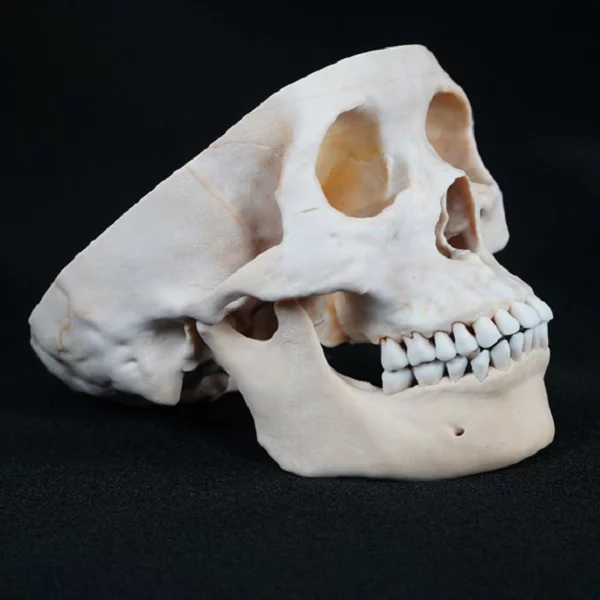Have you ever wondered how medical students learn about the intricate details of human anatomy? One essential tool in their education is the anatomy table cadaver. This remarkable teaching aid allows students to explore and understand the complexities of the human body firsthand.
Anatomy Table Cadaver: A Window into Human Anatomy

The anatomy table cadaver serves as a vital resource for medical education. It provides an opportunity for students to observe and study real human bodies, enabling them to gain a comprehensive understanding of anatomical structures, organ systems, and physiological processes.
By dissecting these preserved bodies, students can examine various tissues, organs, and systems up close. They can identify different muscles, bones, nerves, blood vessels, and internal organs within the context of a real human body. This hands-on experience enhances their knowledge and prepares them for future clinical practice.
Find more about anatomy model organs.
Anatomy Model Organs: Enhancing Understanding
In addition to using cadavers on the anatomy table, medical schools often employ anatomical models that replicate specific organs or systems. These models provide a detailed representation of individual structures while allowing for interactive learning experiences.
With these model organs at their disposal, students can manipulate and examine each structure independently. For instance, they may explore a heart model to understand its chambers’ functions or use lung models to comprehend respiratory mechanisms better.
These anatomical models offer an excellent supplement to cadaver dissection by providing clearer visualizations of specific structures or processes that might be challenging to observe solely through dissection alone.
DIGIHUMAN: The Future of Anatomical Education
A revolutionary advancement in anatomical education is DIGIHUMAN – a digital platform that offers virtual dissection experiences. This innovative technology allows students to explore the human body in a three-dimensional, interactive environment.
DIGIHUMAN provides detailed digital representations of anatomical structures, allowing students to dissect and examine them virtually. With just a few clicks, they can zoom in on specific areas or rotate the model for a comprehensive view from different angles.
This virtual platform also offers additional features such as quizzes and interactive tutorials that further enhance learning outcomes. It enables students to test their knowledge and reinforce concepts through engaging activities.
Conclusion
The anatomy table cadaver remains an invaluable tool in medical education, providing students with hands-on experience and deep insights into human anatomy. Complemented by anatomical models and emerging technologies like DIGIHUMAN, these resources continue to shape the future of anatomical education, ensuring that aspiring healthcare professionals are well-equipped with the knowledge necessary for their practice.

